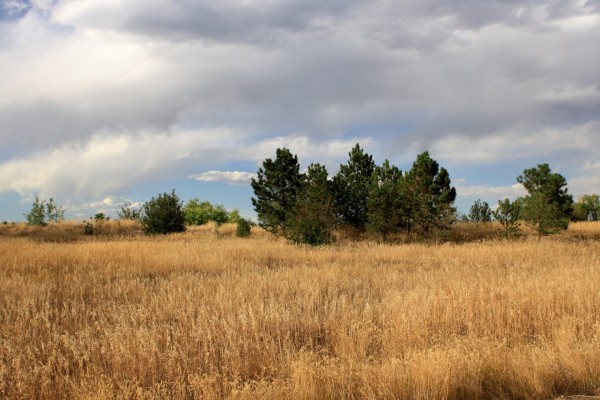Changes in Latitude: Writing Under an Assumed Name
 Alone every night in that cinderblock house during a frozen upstate New York winter, I realized I was on my own for the first time in my life. No family members to take Jen for a few hours if I needed to work or do errands. No friends around the corner to grouse to at night.
Alone every night in that cinderblock house during a frozen upstate New York winter, I realized I was on my own for the first time in my life. No family members to take Jen for a few hours if I needed to work or do errands. No friends around the corner to grouse to at night.
I’d never lived in a place more desolate or quiet. The scraggly field in front of the house turned brown as the days began to cool off and August rolled into September. The house settled into black corners by 4:30 if I didn’t turn on a few lights. The bedrooms, on the back side of the house, held the cold and dark. Every morning, I found myself pulling aside the homemade watermelon-patterned curtains I’d hung at the small kitchen windows and getting lost in memories. I’d always kept a journal, and every morning in that bleak place, I’d sit at the rickety kitchen table while Jen sang to the Cheerios she pushed around on her high-chair tray, and I’d write.
My ear became attuned to the sounds of magpies and crows every morning, the whine of a car coming a mile away, the subtle shift of the leaves bringing a cooler wind that would lead into winter within a few weeks. I started sketching out stories, and when Jen asked me for bedtime tales, I began telling her mine, even though I had no pictures to show her. Only words she could not yet read. During our long weekly rides to the grocery store, she’d beg for another chapter in Klorinda’s life, the fairy creature I’d created. Jen would put me on the spot sometime, asking a question or making an observation about what I was telling her, and I had to stop, do some quick editing, and move on. Telling the story on the fly. Literally. When I think back on it now, I realize it was an incredible way to connect with my child, but it was also one of the best editing tools I’ve ever been forced to use. When there’s a reader sitting right in front of you, expecting you to perform, you’d better not let them down.